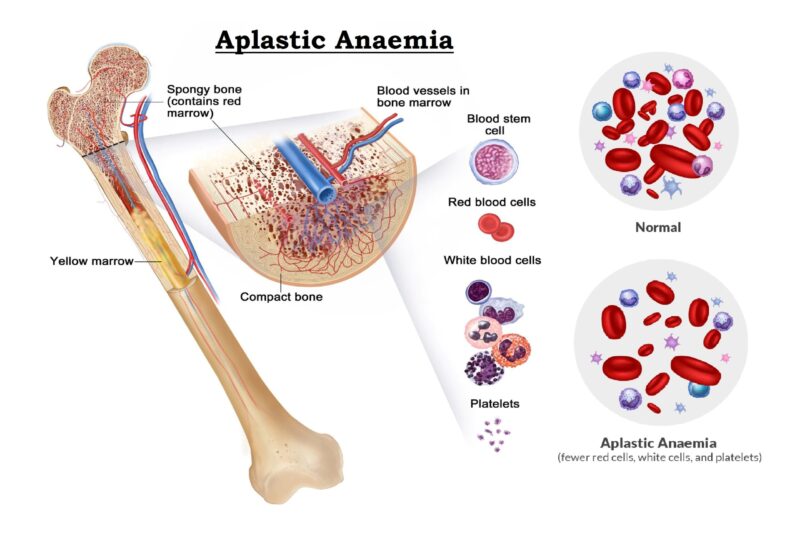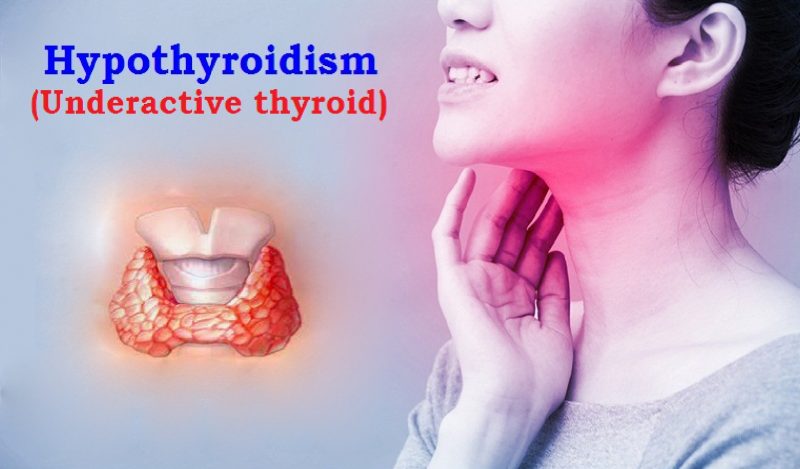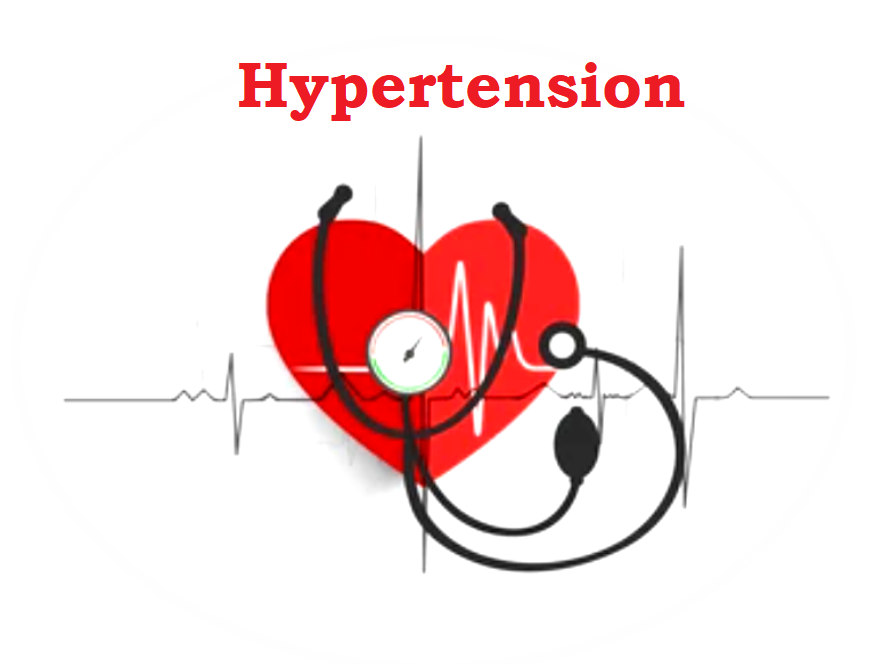Hypotension (Low Blood Pressure): Sign & Symptoms, Causes, Diagnosis, Treatment and Prevention
Hypotension is the medical term for diminished blood pressure. Having a lower blood pressure is good in most cases. But low blood pressure can sometimes make person feel tired or dizzy. In those cases, hypotension can be a sign of an underlying condition that should be treated.
Normal Blood Pressure of adults aged 18 years are 120 ± 20 mm of Hg (Systolic Blood Pressure) and 80 ± 20 mm of Hg (Diastolic Blood Pressure). The dividing line between normal and abnormal Blood Pressure is arbitrary because Blood Pressure is dependent upon many factors like age, sex, race etc. Blood Pressure also varies from moment to moment with respiration, emotion, exercise, meals, alcohol, tobacco, bladder distension, temperature and pain. It may be modified by obesity or arrhythmia. Blood Pressure is also influenced by circadian rhythm, age and race. Elevation of blood pressure is called "Hypertension" or “High Blood Pressure” and diminished blood pressure is known as “Hypotension”.
Hypotension is divided into mainly two different classifications according to the timing of blood pressure drops; Acute hypotension & Chronic hypotension. It’s can also divided into several different classifications according to when blood pressure drops; Orthostatic hypotension, Postprandial hypotension, Neurally mediated hypotension and Severe hypotension.
- Orthostatic hypotension: It’s commonly happens when the person transition from sitting or lying down to standing.
- Postprandial hypotension: It’s occurs right after eating. Older aged personals are more susceptible to develop this type of hypotension especially those with neurological disorder like Parkinson’s disease.
- Neurally mediated hypotension: It’s commonly occurs after a long time stand. Especially children and also emotionally upsetting personals can suffer by this type of hypotension.
- Sever hypotension: It’s occurs when the organs of the body do not get the blood & oxygen for functioning properly. It’s can damage the organs especially heart & brain and also can be life-threatening if not treated promptly.
Sign & Symptoms of Hypotension:
People with hypotension may experience underlying symptoms, especially when their blood pressure drops below 90/60 mmHg (Systolic/Diastolic). Symptoms of hypotension can include:
- Tachycardia (due to shock),
- Bradycardia (in vasovagal attacks)
- Nausea & Vomiting,
- Dizziness, Light headedness and Fatigue
- Unsteadiness and Fainting
- Dimming or blurring of vision
- Weakness
- Cold, clammy skin or Pale skin
Causes of Hypotension
-
Causes of Acute Hypotension :
-
- Cardiovascular: Acute myocardial infarction, pulmonary embolism, dissecting aneurysm, ventricular tachycardia, cardiac rupture.
- Intravascular volume contraction: Hemorrhage, vomiting, diarrhea, burns, intestinal obstruction, peritonitis, etc.
- Anaphylaxis.
- Gram negative septicemia
-
Causes of Chronic Hypotension
-
- Cardiac:·
- Low output cardiac failure
- LV dysfunction
- Cardiac tamponade
- Constrictive pericarditis
- Tight mitral stenosis
- Left atrial myxoma
- Supine hypotension of pregnancy
- Endocrine
- Addison's disease
- Myxedema
- Hypopituitarism
- Serotonin secreting tumours
- Neurogenic
- Diabetic neuropathy
- Extensive lumbosacral sympathectomy
- Peripheral neuropathy
- Tabes dorsalis
- Syringomyelia, Multiple sclerosis
- Chronic idiopathic orthostatic hypotension
- Cardiac:·
Diagnosis of Hypotension
Most of the Sufferers are asymptomatic and hence the early stages of hypotension are difficult to diagnose, besides taking medical history, doing a physical examination and measuring blood pressure. Some of the following investigation can performed for the diagnosis of hypotension:
- Blood tests : Examine CBC (haemoglobin level), Plasma Glucose level, serum Lipid profile, serum electrolytes level to detect the patient’s overall health as well as the information whether patient have hypoglycemia, hyperglycaemia, diabetes or anaemia, all of which can cause hypotension.
- Electrocardiogram (ECG) : To detects irregularities of heart rhythm, structural problems in the heart, and problems with the supply of blood and oxygen to the heart muscle
- Tilt table test: To detects neurally mediated hypotension.
Treatment of Hypotension
Hypotension that either asymptomatic or causes only mild symptoms; rarely requires treatment. If the hypotension does not cure in normal way than it’s can damage the organs especially heart & brain and also can be life-threatening if not treated promptly.
-
Treatment for Acute Hypotension :
-
- Posture: The patient should be in lying position with legs raised.
- For vasovagal attacks: Atropine 0.6 mg Intravenous.
- For anaphylaxis: Hydrocortisone Hemi-succinate 100 mg IV, repeated as required.
- For postural hypotension: This is best treated by advising the patients to assume the erect posture slowly and to wear elastic stockings and abdominal binder.
- Vasoconstrictors: Dopamine, nor-epinephrine and ephedrine have been tried.
- Salt: Adequate amount of salt (NaCl) in diet helps to expand the plasma volume.
- Fludrocortisone Acetate: (0.1 - 2 mg) causes fluid retention and avoids postural fall of BP.
-
Treatment for Chronic Hypotension :
-
- Mechanical: Elastic bandages over legs, head up position in bed etc.
- Volume expansion with high fluid and salt intake.
- Fludrocortisone supplement (0.01 mg/day).
- Drugs:
- Sympathomimetics: Ephedrine, amphetamine, L-dopa.
- Prostaglandin synthesis inhibitors like indomethacin.
- Alpha 2 receptor agonists.
- Partial Beta agonist (pindolol).
- Erythropoietin.
- Somatostatin analogue (octreotide) prevents splanchnic pooling after eating).
- Midodrine for neurogenic causes.
- Atrial pacing.
Prevention of Hypotension
Depending on the reason for Hypotension, person might be able to reduce or prevent symptoms. No special preparations are necessary to prevent hypotension. Don't stop taking medications without doctor's advice. Some of the lifestyle changes can prevent hypotension includes:
- Drink more water, less alcohol: Alcohol is dehydrating and can diminished blood pressure, even if the person drink in moderation. Water, on the other hand, fights dehydration and increases blood volume.
- Pay attention to body positions: Gently move from a prone or squatting to a standing position. Don't sit with legs crossed.
- Eat small, Low-carb meals: To help prevent blood pressure from dropping sharply after meals, eat small portions several times a day and limit high-carbohydrate foods such as potatoes, rice, pasta and bread.
- Exercise regularly: Exercise that raises heart rate, which is good for increasing blood pressure. Avoid exercising in hot, humid conditions.
Special Note :
Chronic Idiopathic Orthostatic Hypotension :
This occurs due to primary autonomic insufficiency due to degeneration of central or peripheral autonomic nervous system. It is common in the elderly who may develop syncope, hypotension, convulsions but no tachycardia on standing. They may have associated anhydrosis, loss of hair, diminished lachrymal and salivary secretion, bladder atony and impotency.
Shy-Drager Syndrome :
This is chronic orthostatic hypotension with degeneration of CNS, mainly involving extra-pyramidal tracts, basal ganglia and dorsal nucleus of Vagus. These patients have intact peripheral autonomic nervous system but are unable to activate it. (In primary autonomic insufficiency there is depletion of nor-epinephrine in the peripheral autonomic ganglia). In both these, catecholamine blood levels do not rise on standing, although it may be normal at recumbency in chronic orthostatic hypotension but reduced in primary autonomic insufficiency.




